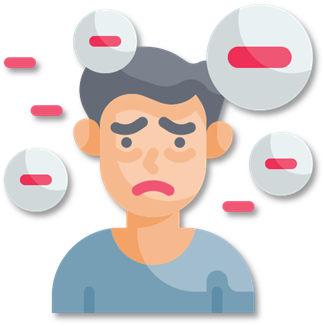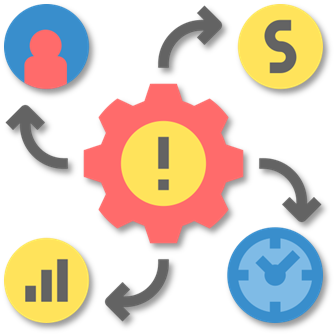Step 3: Effects
| Topic | Question | Answer |
Positive consequences | Which positive effects are expected from the AI-functions - to the performance of the actors who work with the AI (e.g., accuracy, speed, ...)? - to the state of them (e.g., stress, understanding, trust, ...)?
| Positive effects: more independence for the patient and freedom of movements, accuracy and faster, safer walks. Enables Maria to be able to do it more often if she wants to. Caretakers get more time to do more qualified tasks that require human attention while still being able to see if everything is okay with Maria. Maria gets less stressed and gets more confident about going outside by herself, feels maybe less like a burden and more like her own independent person. Less scared of moving in traffic and missing something. Caretakers can feel confident in the fact that Maria is safe and that they will be alerted if something happens. The family has more time for themselves and can be happy and confident in the fact that Maria can get her walks on her own. When the family does visit it allows for more freedom in what they can do together. |
Negative consequences | Do you foresee potential negative effects of the AI-functions: - on the performance, state and/or values of the actors? - on more general ethical or societal aspects? What are they? | Maria could potentially ignore the robot or find it annoying |
Impact on use-case | What is the impact of the AI functions on the overall use case? What does it add to the use case/how does it improve the use case as a whole? |



